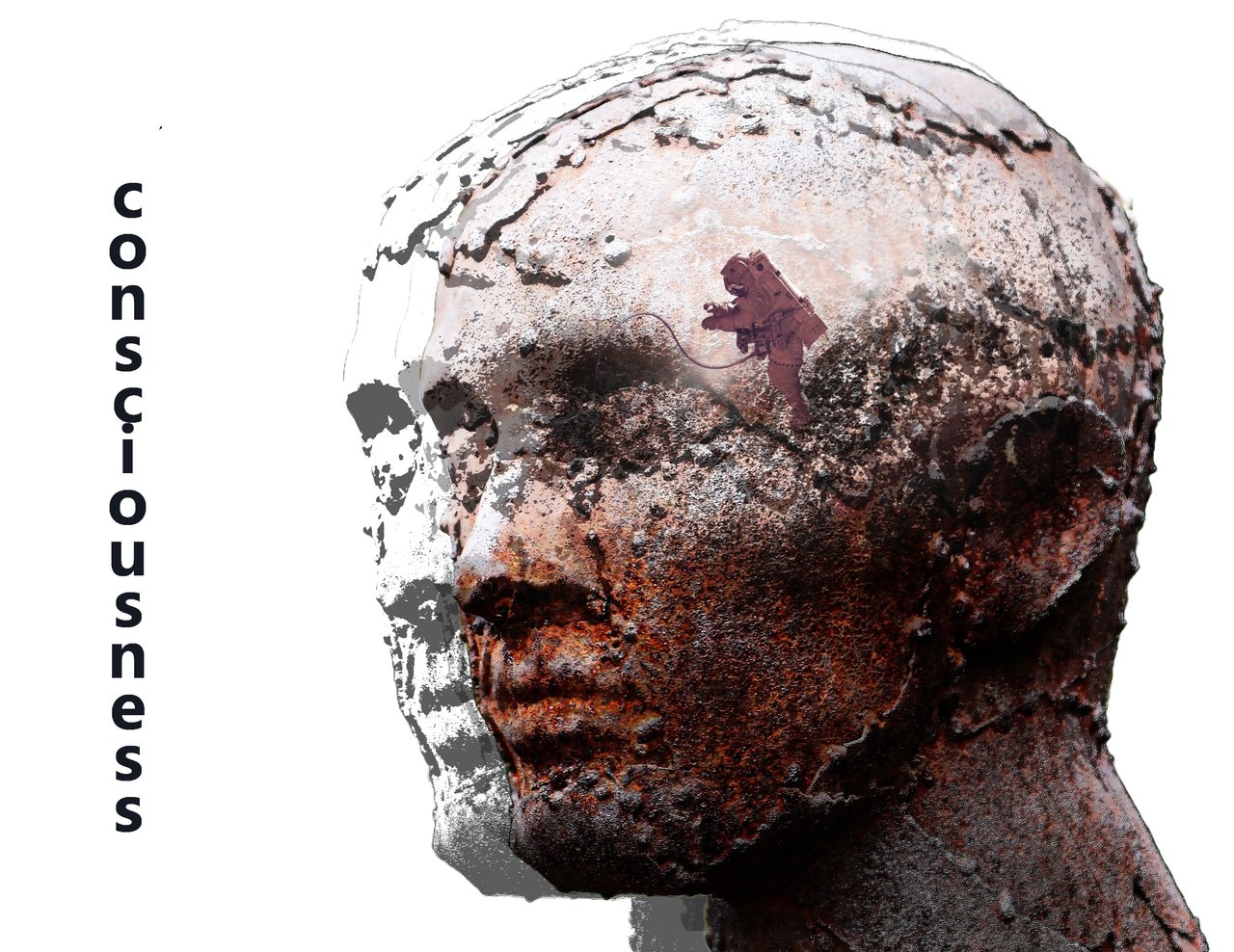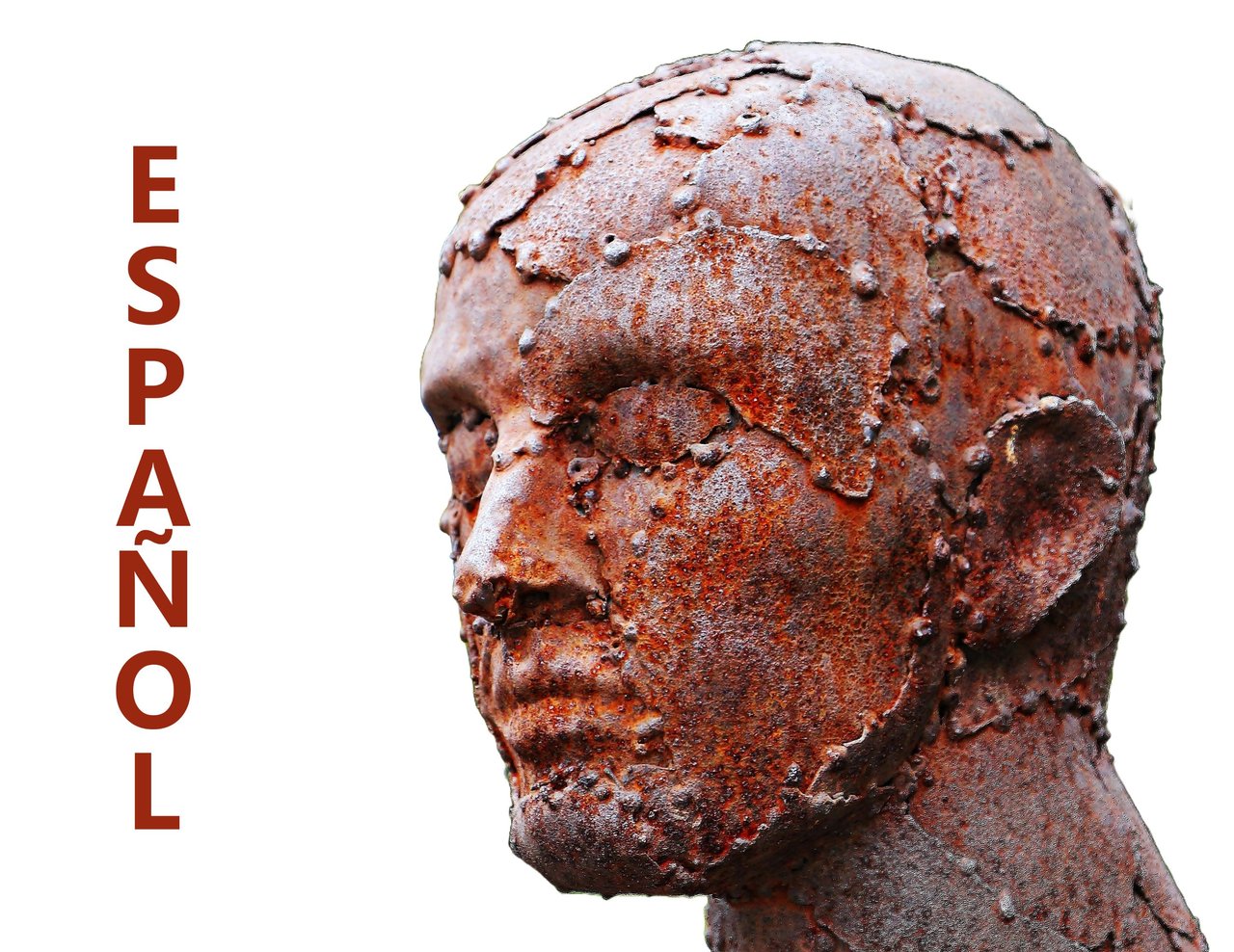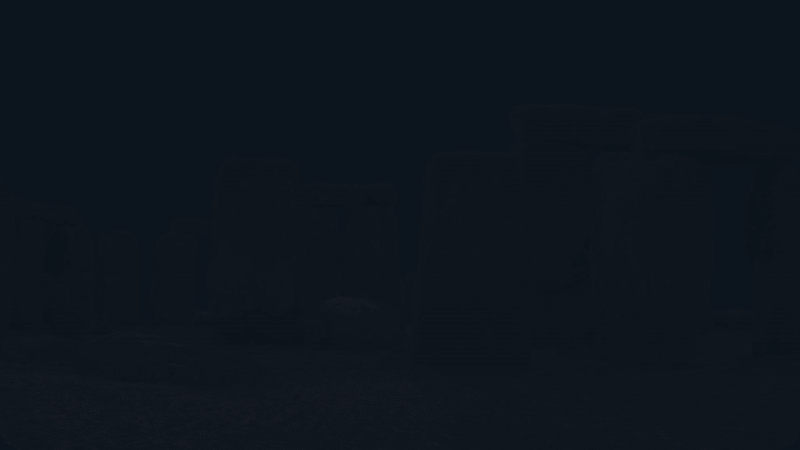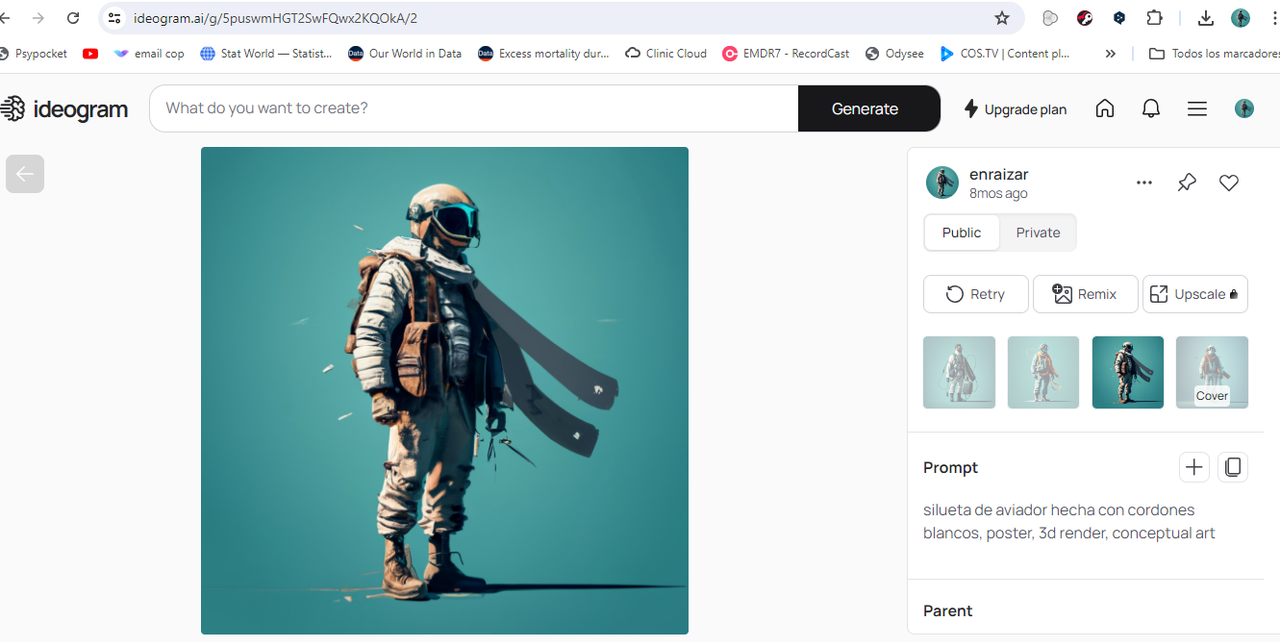This is my non-participation in this month's gastronomic initiative by my friends at YouHive, although it may be a topic for another upcoming initiative: consciousness.
People who know me are aware of my passion for neuroscience (an amateur passion, let's say, but a passion nonetheless) and on this occasion I would like to present a very special video.
I can't deny that I am very struck by the following, that a serious science channel has managed not only to bring together great contemporary thinkers but also to interest more than a million yotube users. I am talking about the World Science Festival. These are the things that reconcile me from time to time with humanity, seeing how quality and good work is well valued.
Today's video will deal with the great problem of consciousness. How is it possible that consciousness can arise from a set of atoms organized in a certain way? The answer is not simple, because we are talking about the fact that consciousness arises from something that has no consciousness (at least in principle), the matter that makes up the universe.
In addition, the format of the video is more than interesting, as it is practically a discussion between two renowned thinkers on the subject who come from two different fields of knowledge.
David Chalmers is a well-known philosopher of the mind and Anil Seth is a popular cognitive neuroscientist. In other words, we have a unique opportunity (although YouTube makes it less unique, of course) to witness a powerful debate between two great personalities who not only come from different fields of knowledge but also approach the great problem of consciousness from different points of view.
Summary
In this video, we can see how David Chalmers formulates the hard problem of consciousness: how is it possible that a collection of atoms (us) can have first-person experiences, subjective experiences.
The moderator, Brian Greene, who does an exceptional job, at one point asks the two guests about Frank Jackson's thought experiment involving Mary.
We suppose that in the future a woman and neuroscientist (Mary) who, although she lives secluded in a black and white room, comes to know all the secrets of the brain through study and research. She knows everything about the structures of the brain, its functions, chemistry, what happens in the brain when you see the color green, etc. She knows everything about color, although her world is a black and white world.
Mary, one day, leaves the room and sees a big red tomato. The question of this thought experiment is the following, if Mary already knows everything about colors: Will Mary learn something new when she leaves the room and sees the color red for the first time?
David Chalmers interprets this experiment as a mental demonstration of the gap between our understanding of phenomena and our subjectivity, i.e., the gap between what is subjectively felt through experience and the purely physical description of a phenomenon. Would Mary have been excited when she saw the color red for the first time?
While for David Chalmers this experiment would be an example of the deep gap that exists between objective and subjective knowledge, for Anil Seth it does not prove that there is anything in consciousness that goes beyond science.
In this case, there would be no gap, only two different forms of learning. For example, if someone “learns” to drive by reading books, when they get into a car for the first time, they will probably learn something new: that they don't know how to drive. But no other conclusion should be drawn from this.
More interesting is the subsequent debate on the hard problem of consciousness. For Anil Seth, the problem remains unsolved, and he compares it to the problem of life. 150 years ago, it was thought that behind life there was a vital breath that brought dead matter to life. Today, according to Anil Seth, there is no longer any mystery about life and there is no need to resort to that vital breath. He believes that the same will happen with consciousness, that at some point what now seems like a mystery beyond science will eventually be solved.
What Anil Seth says about the big problem is interesting, as there is no answer, only a theory of how it works, but not how it arises.
However, David Chalmers does propose a solution to the enigma of how matter, which in principle has no capacity for subjective thought, comes to generate it. His solution is known as panpsychism, i.e., consciousness is another property of matter, an intrinsic characteristic of matter.
The end of the debate interests me much less, as the two thinkers discuss consciousness and AI, a topic that does not interest me at all at the moment.
And now, if you have read this far and are interested in the topic, I recommend watching the video.
The great problem of the objective world
Now, apart from the video, the so-called great problem of consciousness can be converted very simply into the great problem of the “objective” world. Both David Chalmers and Anil Seth, despite their differences, start from one premise: there is a real world, external to us, that will continue to exist when we die. However, this premise is simply not provable.
It is not demonstrable that what we see, smell or touch exists. It is not demonstrable that the world we see really exists. Perhaps what we see is just a hallucination. Nor is it demonstrable that our internal world is real. We cannot prove that the body we feel, that our memories, that what we call self is something real and not a hallucination.
That is to say, the great problem may not be how matter, something without consciousness, can generate subjective consciousness, but why and for what purpose the mind has created the world in which we seem to live, although this world does not exist.
Which leads us to other questions: if I am not what my mind tells me, who am I?
If I am not my history, my learnings, nor my memories, if my perceptions are mental creations, then...
El problema difícil de la conciencia
Esta es mi no-participación en la iniciativa gastronómica de este mes de mis amigos de YouHive, aunque quizás pueda ser un tema para otra próxima iniciativa: la conciencia.
La gente que me conoce sabe de mi pasión por las neurociencias (una pasión amateur, digamos, pero pasión al fin y al cabo) y en esta ocasión quiero presentar un video muy particular.
[El video está en inglés pero buscar los subtítulos e español es sencillo: Vete a configuración, y busca idioma español generado automáticamente.]
No puedo negar que me llama mucho la atención lo siguiente, que un canal de ciencia y serio, haya logrado no sólo reunir a grandes pensadores contemporáneos sino que además haya llegado a interesar a más de un millón de usuarios de youtube. Estoy hablando de World Science Festival. Estas cosas son las que me reconcilian de vez en cuando con la humanidad, viendo como la calidad y el buen trabajo es bien valorado.
Por otra parte, el video de hoy tratará el tema del gran problema de la conciencia. Cómo es posible que de un conjunto de átomos organizados de determinada forma surja la conciencia. La respuesta no es sencilla, porque hablamos del hecho de que la conciencia surge de algo que no tiene conciencia (al menos, en principio), la materia que compone el universo.
Además el formato del video es más que interesante, pues se trata de prácticamente una tertulia entre dos reconocidos pensadores sobre el tema y que llegan desde dos campos diferentes del saber.
David Chalmers es un conocido filosófo de la mente y Anil Seth es un popular neurocientífico cognitivo. Es decir, nos encontramos ante la oportunidad única (con youtube es menos única, claro) de asistir a un potente debate entre dos grandes personalidades que no sólo llegan de campos diferentes del saber sino que se enfrentan al gran problema de la conciencia desde puntos de vista diferentes.
Síntesis
En este video podemos ver como David Chalmers formula el problema difícl de la conciencia: ¿cómo es posible que un conjunto de átomos (nosotros) puedan tener experiencias en primera persona, experiencias subjetivas?
El moderador, Brian Greene, que hace una labor excepcional, en un momento dado pregunta a los dos invitados por el experimento mental de Mary de Frank jackson.
Suponemos que en un futuro una mujer y neurocientífica (Mary) que aunque vive recluida en una habitación en blanco y negro, llega a conocer todos los secretos del cerebro mediante el estudio y la investigación. Conoce todo sobre las estructuras del cerebro, sus funciones, la química, lo que ocurre en el cerebro cuando se ve el color verde, etc. lo conoce todo sobre el color, aunque su mundo es un mundo en blanco y negro.
Mary, un día sale de la habitación y ve un gran tomate rojo. La pregunta de este experimento mental es la siguiente, si Mary ya lo sabe todo sobre los colores: ¿Aprenderá Mary algo nuevo cuando salga de la habitación y vea el color rojo por primera vez?
David Chalmers interpreta este experimento como una demostración mental de la brecha que hay entre nuestra comprensión de los fenómenos y nuestra subjetividad, es decir, la brecha que hay entre lo que se siente de forma subjetiva mediante la experiencia y la descripción puramente física de un fenómeno. ¿Se habrá emocionado Mary al ver el color rojo por primera vez?
Mientras que para David Chalmers este experimento sería una muestra de la profunda brecha que existe entre el saber objetivo y el saber subjetivo, para Anil Seth en ningún momento demuestra que en la conciencia haya algo que vaya más allá de la ciencia.
En este caso no habría ninguna brecha, solamente dos formas diferentes de aprendizaje. Por ejemplo, si alguien “aprende” a conducir leyendo libros, probablemente cuando se suba por primera vez en un coche aprenderá algo nuevo: que no sabe conducir. Pero de ésto no habría que sacar ninguna otra conclusión.
Más interesante es el debate posterior sobre el problema difícil de la conciencia. Para Anil Seth el problema está por resolver y lo compara al problema de la vida. Hace 150 años se pensaba que detrás de la vida había un aliento vital que hacía que la materia muerta cobrara vida, hoy sobre la vida (según Anil Seth) ya no hay misterio y no hace falta recurrir a ese aliento vital. Cree que con la conciencia ocurrirá lo mismo, que en algún momento lo que ahora parece un misterio más alla´de la ciencia terminará por resolverse.
Es interesante lo que plantea sobre el gran problema Anil Seth, ya que no tiene respuesta, sólo una teoría de cómo funciona, pero no de cómo surge.
Sin embargo David Chalmers si plantea una solución al enigma de cómo la materia en principio sin capacidad de pensamiento subjetivo llega a generarlo. Su solución se conoce como panpsiquismo, es decir la conciencia es una propiedad más de la materia, es una característica intrínseca de la materia.
E l final del debate me interesa bastante menos, los dos pensadores tratan el tema de la conciencia y la IA, un tema que por ahora no me interesa nada.
Y ahora si has leído hasta aquí, y te ha interesado el tema, te aconsejo que vayas al video.
El problema difícil del mundo objetivo
Ahora, al margen del vídeo, el llamado gran problema de la conciencia se puede convertir de forma muy sencilla en el problema difícil del mundo “objetivo”. Tanto David Chalmers como Anil Seth, a pesar de sus diferencias, parten de una premisa: existe un mundo real, exterior a nosotros, que continuará existiendo cuando muramos. Sin embargo, esta premisa sencillamente no es demostrable.
No es demostrable que lo que vemos, olemos o tocamos exista. No se puede demostrar que el mundo que vemos realmente exista. Quizás lo que vemos sea sólo una alucinación. Tampoco es demostrable que nuestro mundo interno sea real. No podemos demostrar que el cuerpo que sentimos, que nuestros recuerdos, que eso que llamamos yo sea algo real y no una alucinación.
Es decir, El gran problema podría no ser el cómo la materia, algo sin conciencia, puede llegar generar conciencia subjetiva, sino por qué y para qué la mente ha creado el mundo en el que nos parece vivir, aunque este mundo no exista.
Lo cual nos lleva a otras preguntas: si no soy lo que mi mente me dice, ¿quién soy?
Si no soy mi historia, ni mis aprendizajes, ni mis recuerdos, si mis percepciones son creaciones mentales, entonces...
Thank you for joining me here.
Gracias por acompañarme hasta aquí.
Banner edited with Canva pro and cropped with ezgif.com.
Avatar created with IA Ideogram.
Cover made with GIMP, source / Portada hecha con GIMP, fuentes:
Separator made with GIMP / sperador creado con GIMP:
Translated into English from my native language Spanish with DeepL.
🕷️





